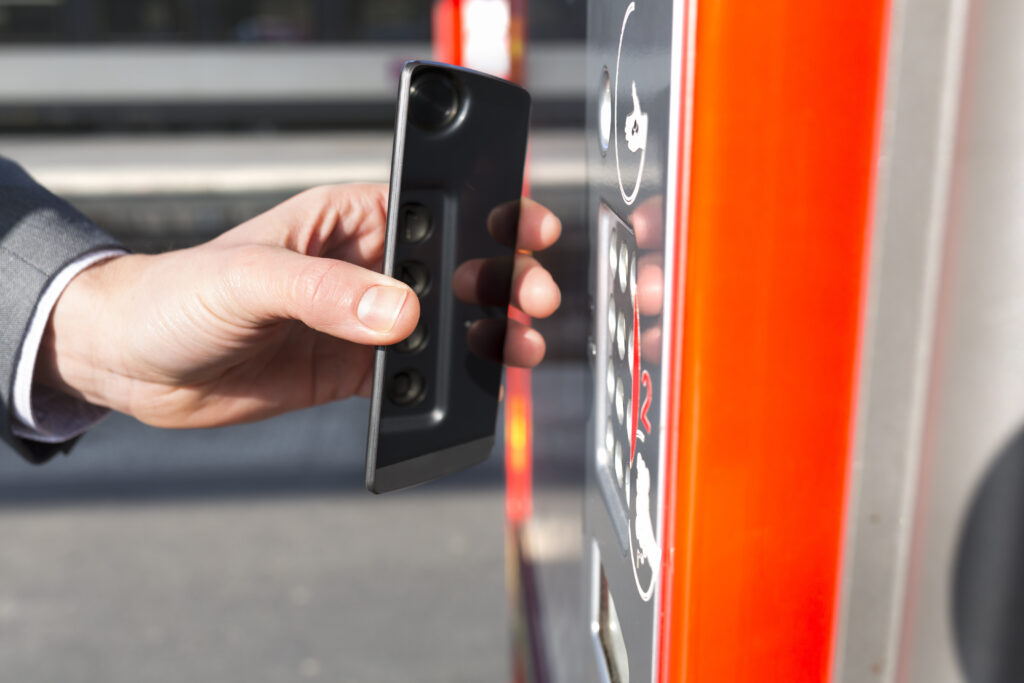
The Checkout facility that levels the cross-border business playing-field

As a business grows from its initial inspiration to expanding into new markets, the entrepreneurs behind it seize opportunities as and when they present themselves. Simple business models that might have been based around one process, like selling D2C domestically, for example, may have been made more complex by fantastic opportunities opening up: marketplaces, white-labelling, brick-and-mortar stores, overseas trading, pop-ups, and so on.
No business owner wants to have to turn down fantastic opportunities to grow the company, but it’s unfortunately the case that with every new element comes complexity in taking and processing payments. A common situation is one where a company has three or four payment providers and gateways: some for domestic currencies, others for marketplace sales, several for each D2C country served, and maybe even some ad hoc arrangements with foreign partners.
With the complexity of this setup come two problems: firstly, the time-cost spent tracking and maintaining each mechanism, and secondly, the monetary cost of multiple processing facilities, exchange rate commissions, standing charges, and so on.
As the amount of trading climbs, too, regulatory authorities are more likely to sit up and pay attention to issues like compliance, tax regulations, the sovereignty of financial data, and a whole wealth of red tape.

Ideally, there would be a facility that would provide daily reconciliation from all places where goods and services are being traded, fast settlements and high rates of payment acceptance. That would give the business time to concentrate on expanding into new markets, building a community of buyers and refining issues like customer experience – just the types of elements that separate online retailers from one another in their customers’ eyes.
That type of facility is one that’s been the territory of very large online traders – the type of company that has the financial weight to negotiate with multiple banks and clearing facilities all over the world. For “the rest of us”, a piecemeal and usually more expensive series of solutions may have been strung together. Unfortunately, due to those problems touched on above, it’s just not scalable.
The worst aspect of not having access to high-end facilities is the disjointed customer experience that smaller companies are forced to offer. On the level playing field that is the internet, CX is the one differentiating factor that potential customers give significant thought to. It’s vital, therefore, to offer potential customers a seamless payment experience across web stores, apps and in every retail situation. It has to be local, easy, safe, and effectively help the brand build trust among its customer base.
In today’s retail world, options like refunds, part-payments, chargebacks and even subscription-based payment plans are considered table stakes to build an international online presence. Again, here is another area where smaller retailers – by that, we mean anyone smaller than a household name – can struggle to compete without a suitable technology platform.
That technology platform is now available for smaller merchants that want to sell internationally (on many platforms) as easily as they do domestically. Payoneer is trusted for payment acceptance services by many thousands of merchants, and it’s been providing financial products for digital merchant organizations both large and small for many years. Its new Payoneer Checkout facility lets merchants take major credit cards (Mastercard & Visa) in over 120 currencies and converts them into Euros or Dollars for no fees. From the Checkout facility, merchants can pay their suppliers directly as if it were a standard business bank account and transfer funds to the company’s accounts easily. It’s a single channel through which monies can flow to and from over a hundred countries around the world.

One of the most attractive features of Payoneer Checkout is how it aggregates multiple payment facilities across all the platforms, websites, marketplaces and apps operated by a retailer and provides a single dashboard that tracks all transactions from all over the globe. Wherever a business owner feels there’s a niche, or an opportunity, the Payoneer Checkout platform provides what’s needed to trade there safely and in ways that will help the company build a new community of buyers.
Often, large payment gateways or provider platforms are somehow stunted versions of the facilities offered to large multinationals – but this isn’t the case with Payoneer Checkout. It allows small merchants to grow globally without the overheads of developing new technology systems in-house to process monetary movements (or paying extortionate fees to use someone else’s platform).
Payoneer has always been a digital-first platform – unlike older banking services, it has no legacy technological debt that limits how and where its users can operate. For example, it can be addressed directly via APIs, embedded in an iFrame, or can take payments externally from retailers’ online real estate (returning shoppers to the webstore or app once the financial transaction has happened).
For merchants based in the APAC region looking to expand into markets anywhere in the world, on any platform, the Payoneer Checkout platform removes the data complexity and infrastructure overheads that would normally be associated with trading in a new geography. Instead, merchants can focus on creating customer experiences that express their brand values and be sure that they are operating with financial integrity.
You can read more on Payoneer Checkout and the possibilities it opens up for small businesses that want to get bigger by clicking through here.
READ MORE
- Ethical AI: The renewed importance of safeguarding data and customer privacy in Generative AI applications
- How Japan balances AI-driven opportunities with cybersecurity needs
- Deploying SASE: Benchmarking your approach
- Insurance everywhere all at once: the digital transformation of the APAC insurance industry
- Google parent Alphabet eyes HubSpot: A potential acquisition shaping the future of CRM
